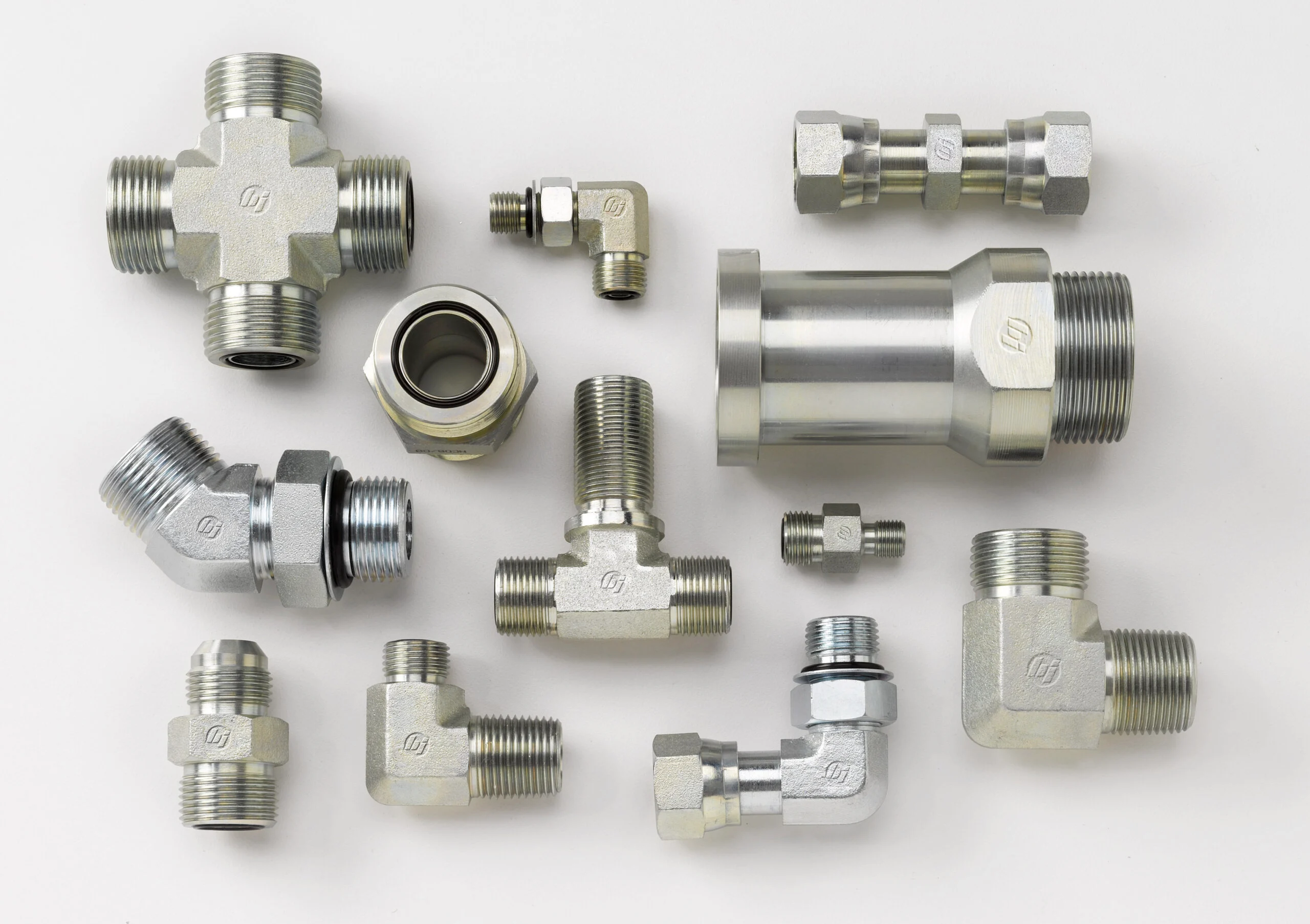Built to Seal, Built to Last: The Smart Way to Source Tube Fittings!

When it comes to fluid and gas systems, nothing is more overlooked — or more critical — than the tube fittings that hold everything together. In high-stakes environments like chemical processing, instrumentation, hydraulics, and oil & gas, the right fittings mean the difference between seamless performance and catastrophic failure.
So, whether you’re building a new system or upgrading an existing one, choosing the right tubing fittings and the right supplier is a decision that deserves serious consideration.
The Role of Tube Fittings in System Integrity
Tube fittings are essential for connecting straight sections of pipe or tubing to other components. But these aren’t just mechanical connectors — they’re the backbone of system integrity. A single fitting leak in a high-pressure system can halt operations, trigger safety risks, and rack up costs.
That’s why professionals turn to compression tube fittings and tube compression fittings that are engineered for leak-tight, vibration-resistant performance, even in demanding conditions.
Whether it’s maintaining pressure in hydraulic lines or ensuring purity in process instrumentation, the stakes are high, and precision is everything.
Understanding Compression Tube Fittings
Compression fittings are designed to create a tight seal without the need for welding or soldering. They typically consist of three main components: the body, a compression nut, and a ferrule. When properly assembled, the ferrule compresses onto the tubing, creating a tight seal.
This design is favoured for:
- Ease of installation
- Leak-free operation
- Disassembly and reusability
- Support for both metal and plastic tubing
Because of their versatility, compression tube fittings are widely used in applications ranging from instrumentation panels to chemical transfer lines.
When to Choose Flared Fittings
Flared fittings offer another approach to achieving a high-integrity seal, especially in high-pressure environments. These fittings use a flared end of the tubing — typically at a 37° angle — to mate securely with a fitting cone, offering durability and leak resistance.
They’re often used in:
- Aerospace
- Hydraulic brake systems
- Refrigeration
- Industrial gas systems
Flared fittings provide robust mechanical strength and are particularly effective where vibration or movement is common. If your system experiences dynamic conditions, it may offer a longer service life than standard compression types.
What to Look for in a Tube Fittings Manufacturer
Not all tube fittings manufacturers are created equal. When you’re sourcing components for critical systems, product quality can’t be compromised.
Key factors to evaluate include:
- Material Quality: Look for stainless steel, brass, or specialised alloys that match your system requirements.
- Precision Engineering: Machining tolerances must be tight, especially for high-pressure systems.
- Certifications & Testing: Ensure the manufacturer meets industry standards and conducts rigorous leak, vibration, and performance testing.
- Customization Options: In some industries, off-the-shelf doesn’t cut it. Custom fittings can solve unique system challenges.
Working with a manufacturer that understands your industry and application can help prevent mismatches that lead to premature wear or failure.
Finding a Reliable Tube Fittings Supplier
A good tube fittings supplier is more than just a distributor. They’re partners who understand timelines, application specs, and industry pressures. Whether you need standard compression fittings or high-performance flared solutions, a reliable supplier will offer:
- Product expertise
- Inventory availability
- Responsive technical support
- Timely delivery
With global supply chain volatility, it’s also essential to work with suppliers who have direct manufacturer relationships and a reliable inventory stream. Delays in receiving critical fittings can bring entire operations to a standstill.
When searching for tube fittings suppliers, prioritize those who can provide both technical advice and rapid fulfilment, especially when you’re working under tight project deadlines.
Application-Specific Advice Matters
A tube fitting that works in one system might not be suitable for another. Pressure range, temperature tolerance, fluid type, and vibration level all impact what type of fitting you need.
This is where experienced suppliers make the difference. They don’t just sell hardware — they help ensure you’re making the right engineering choice for your system. Whether you need compression tube fittings for an instrumentation valves or flared fittings for a high-pressure hydraulic system, advice rooted in application knowledge reduces risk and improves system reliability.

